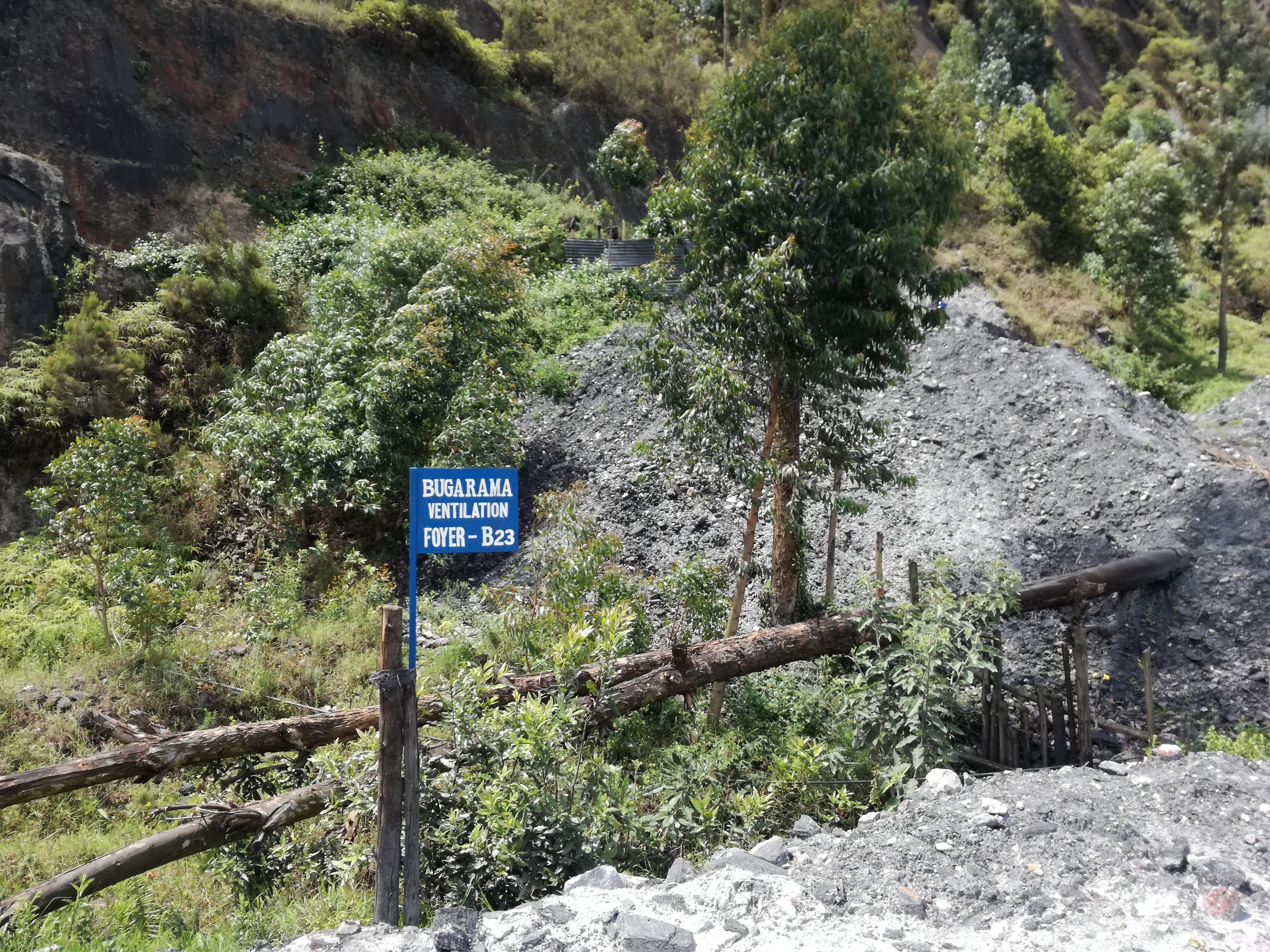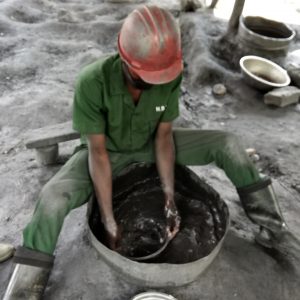We identified and assessed the impact of going “beyond conflict-free” for tungsten extraction for Fairphone and its supply chain partners through the example of the New Bugarama Mine in Rwanda. The resulting learnings, especially regarding impact areas, can be used by the sector as a framework to drive improvements and continuous engagement based on inclusive criteria.
BUSINESS OPPORTUNITY:

Over the past decade of conflict-free requirements in the mining sector, companies like Fairphone and its supply chain partners have been prioritising engagement with suppliers instead of avoidance or exclusion to manage risks of sourcing minerals from “high-risk areas”.
Fairphone and its supply chain partners mandated Levin Sources to identify the potential and real impacts of tungsten production at the sites of the New Bugarama Mine in Rwanda in order to a.) assess the impacts of their engagement-led approach on beyond conflict-free criteria and b.) develop a monitoring strategy based on social and environmental indicators.
We gathered input from affected stakeholders to identify and pre-assess five areas of impact: 1) working conditions and health and safety, 2) environment, 3) education and professional development, 4) local added-value and socio-economic contribution and 5) community and stakeholder engagement.
OUTPUT:
- A case study charting how the New Bugarama Mine has evolved since the 2009 change of management, as its leadership has formalised the operation and implemented due diligence compliance.
- An in-depth report which looks at impacts that affected stakeholders identify as important. There is no “Fair Tungsten” framework or code so, at Levin Sources, we combined our expertise of applicable and relevant responsible mining and sourcing standards with the right research methods to collect stakeholders’ own views on key impacts.
METHODOLOGY:
The Levin Sources team first carried out a desk-based review of the mine’s documentation, relevant standards and the overall Rwanda context. This allowed us to pre-identify impact areas that could be confirmed whilst on-site and in interviews with community stakeholders.
A key aspect of the methodology was to be able to speak with a wide range of stakeholders and understand what matters to them, qualitatively. Despite the ongoing pandemic and complex travel conditions, this direct engagement with affected stakeholders was paramount to the project’s success.
Stakeholders interviewed included:
- Workers (both employees and ASM subcontractors), as well as mine management.
- Community members and other external stakeholders including civil society organisations, youth, agricultural and women’s representatives.
- Representatives from the national and local authorities
OUTCOME:
The report defines the mine’s impact areas and sets up a framework for continuous monitoring and further improvements in these areas.
For instance, while discussing the topic of job creation, some miners in low-skill jobs felt that the better jobs are given to people from other regions. But since there is a shortage of the required engineering and geological skills locally, the mine can continue to strengthen its efforts and investment in education and skills training. This now can turn into an area that is monitored and reported on to track further efforts and improvements.
The report and case study also:
- Recognise NBM's efforts to formalise processes and operations, and establish management systems that laid the foundation to not only enhance the mine technically, but also create the conditions to manage and address social and environmental impacts;
- Acknowledge that besides the actions at the mine level, engagement and collaboration among supply chain actors have been a major enabler of formalisation and improved social and environmental performance, beyond conflict-free requirements – this ties in with long-term commitment from buyers and focus on engagement rather than exclusion risk-management approaches;
- Identify proven impact beyond conflict-free indicators, showing positive outcomes.
BEYOND THE REPORT
Beyond mine-specific information, the report’s five Impact Areas mentioned above can be used by the sector to assess their own upstream supply chain actors and how they can engage in a continuous improvement process. The impact areas include topics such as miners’ remuneration, access to healthcare, skills development, job creation and gender equality initiatives such as the provision of dedicated breastfeeding and nursery areas.
Both the case study and impact report also demonstrate how continuous engagement, long-term off-take agreements and commitment to progressive improvement can have a positive impact. The impacts reported are down to years of commitment from Fairphone and its supply chain partners; this speaks to the importance of positive and persistent responsible sourcing strategies based on inclusive criteria.
Time period: April – September 2021
Project funders: Fairphone, Wolfram Bergbau und Hütten AG (WBH), Specialty Metals Resources



